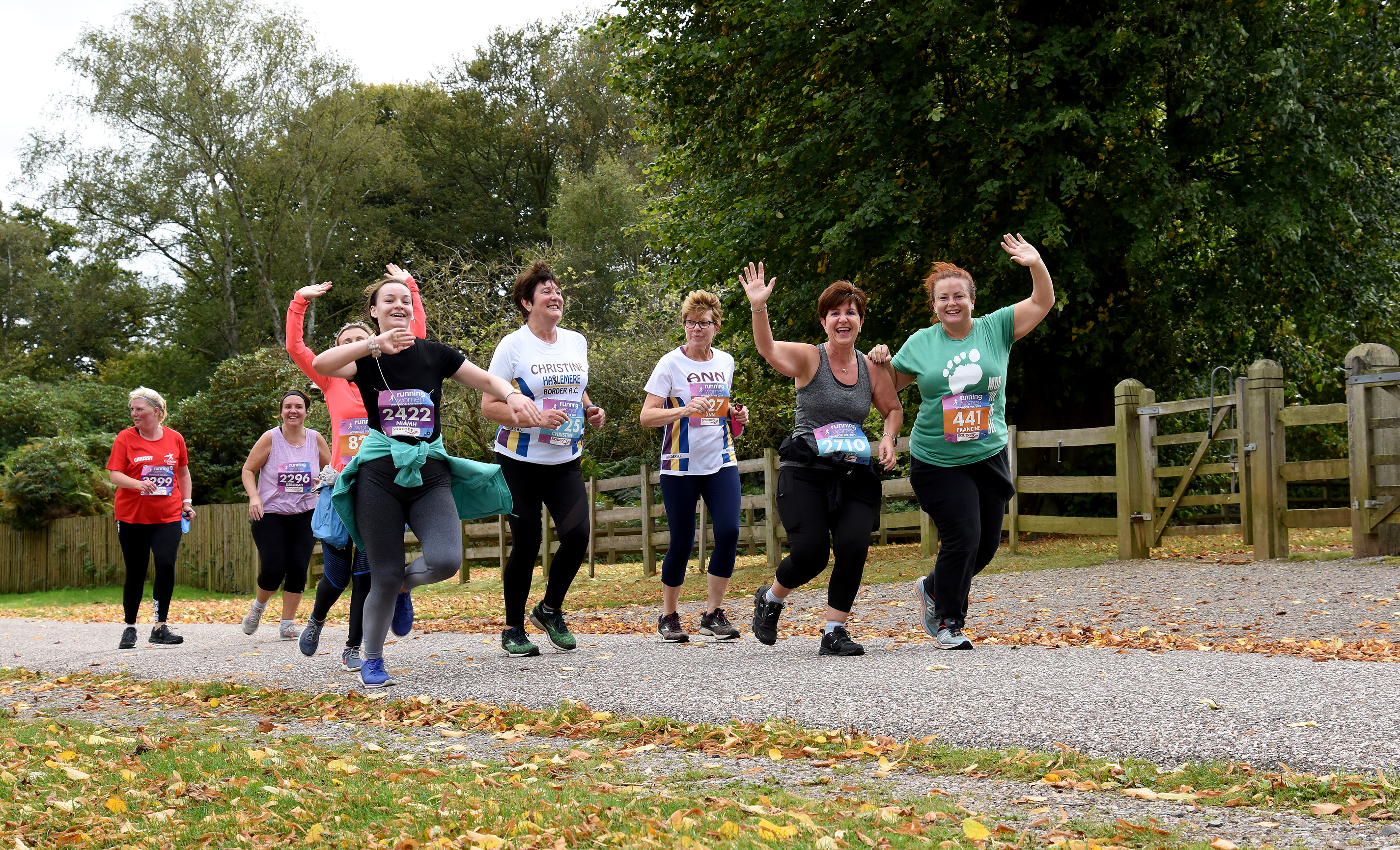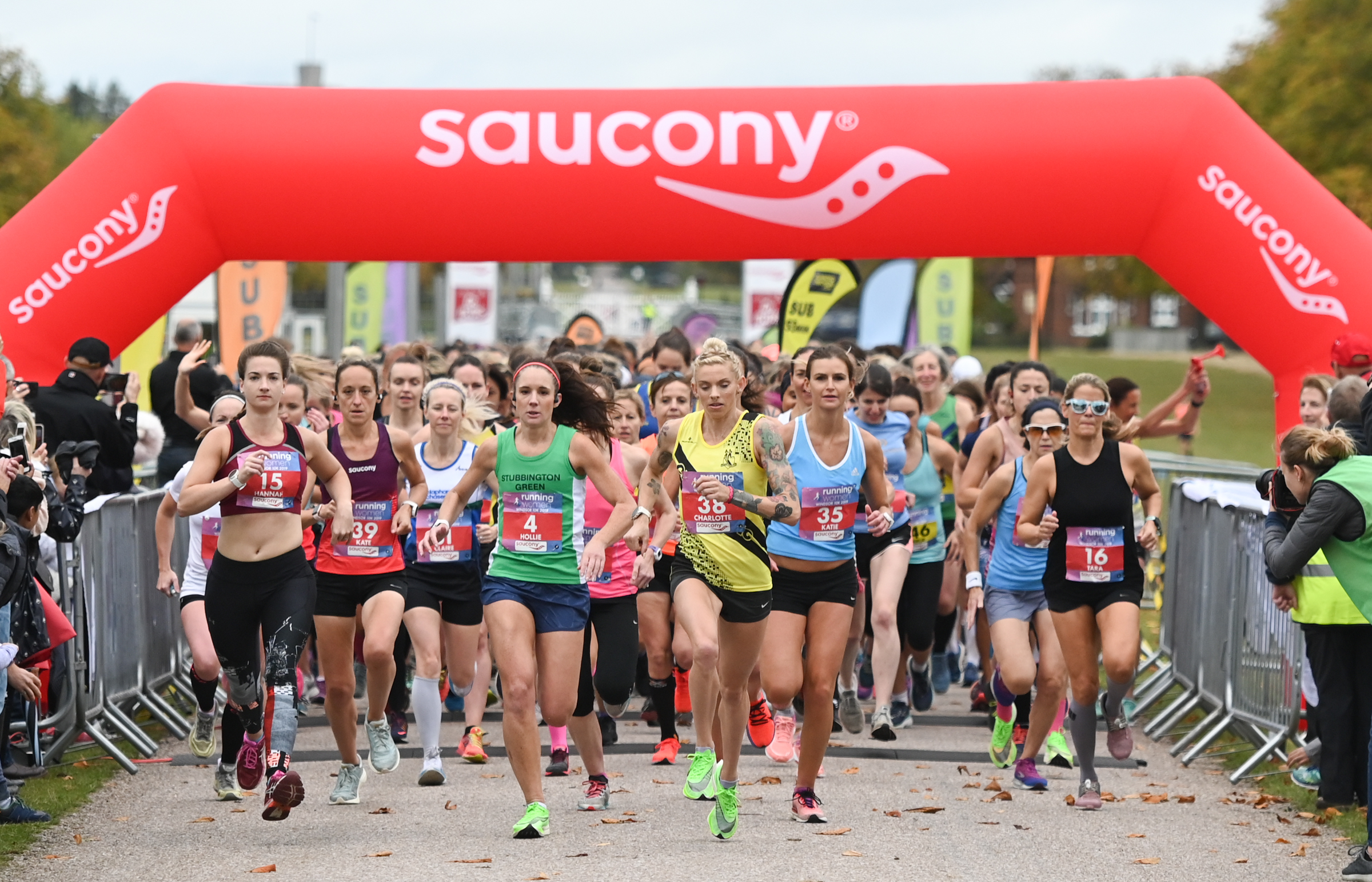What Is DOMS (And How Can You Deal With The Soreness)?
Every runner has felt the pain of DOMS. But not every runner knows what to do about it.
DOMS – delayed onset muscle soreness – is the fancy term for the aching soreness you feel a day or two after a run. You know, the kind which can make your quads tender to the touch, or even make walking down stairs a challenging task!
There’s nothing we can tell you which can eradicate DOMS from your life completely. But read on to learn why DOMS happens, why it’s sometimes so severe, and what you can do to speed up the recovery process.
What Causes DOMS?
Delayed Onset Muscle Soreness is – as the name suggests – extreme soreness after exercise. But unlike the burning fatigue you might feel during a training session, DOMS is the heavier feeling that suddenly turns up 48-72 hours later. It is caused by the microscopic tissue damage created when you exercise, plus the inflammation your body produces in response. Nothing to worry about, but certainly painful!
You’ll usually feel DOMS 24-48 hours after your training session, and it can last for a couple of days or up to a week. DOMS will feel like localised soreness, fatigue, and reduce range of movement. Don’t be surprised if DOMS makes it painful to stretch your calves, to kneel down, to walk downstairs or even to get up out of your chair.
What Makes DOMS Worse?
Although a bad case of DOMS can sometimes strike out of nowhere, there are some factors which will usually make it worse:
– If you are new to a type of exercise, or coming back to it after a long break
– If you suddenly increase your mileage or pace
– If you introduce a new form of training (like track sessions, sprints, or hill reps)
– If you vary the incline you run on (uphill or downhill)
– If you change terrain or the surface you run on
5 Ways To Recover Quickly
When you’re suffering from DOMS, you’ll be desperate to know one thing… how to make it go away!
– Drink more water. Plenty of water helps your body recover naturally, and can flush though the waste products that build up during recovery. Don’t let yourself get dehydrated when you’ve got DOMS.
– Stretch… gently. Try slow, gentle stretching within a range of movement that feels doable. Don’t push it, stretching with DOMS shouldn’t be agony. Ease into a nice stretch and hang out there for a while. Tools like yoga blocks, bands, and foam rollers can help.
– Get a massage. A good sports therapist will be able to give you the right level of massage to deal with DOMS and prevent it turning into something long-term. They can also use heat, infrared, and other therapy tools alongside manual soft tissue work.
– Active recovery. It’s tempting to stay still when you’ve got DOMS, but a better strategy is to get moving… gently. Try a fast walk, a swim, or a gentle bike ride to keep your body moving without adding impact to the affected muscles.
– Compression. The jury is still out on the science behind compression garments, but lots of people like the comforting feeling of having sore muscles swaddled in place. If your budget doesn’t stretch to official compression garments (like socks or tights), try wearing thin, tight clothing that feels like it’s holding your sore muscles in place. Even if it’s just psychological, the feeling can help.
The best way to deal with DOMS is simply to get used to the exercise which caused it. So, you’re already doing the best thing… keep running!
Similar Posts:
- What Is DOMS (And How Can You Deal With The Soreness)?
- How To Recover More Quickly From A Marathon
- 10 Steps To Better Post-Marathon Recovery
- Your Best-Ever 10K Recovery Plan
- 6 Home Treatments For Long-Run Recovery
- Don’t Start Training For Your 10K Without Reading This




Add Comment